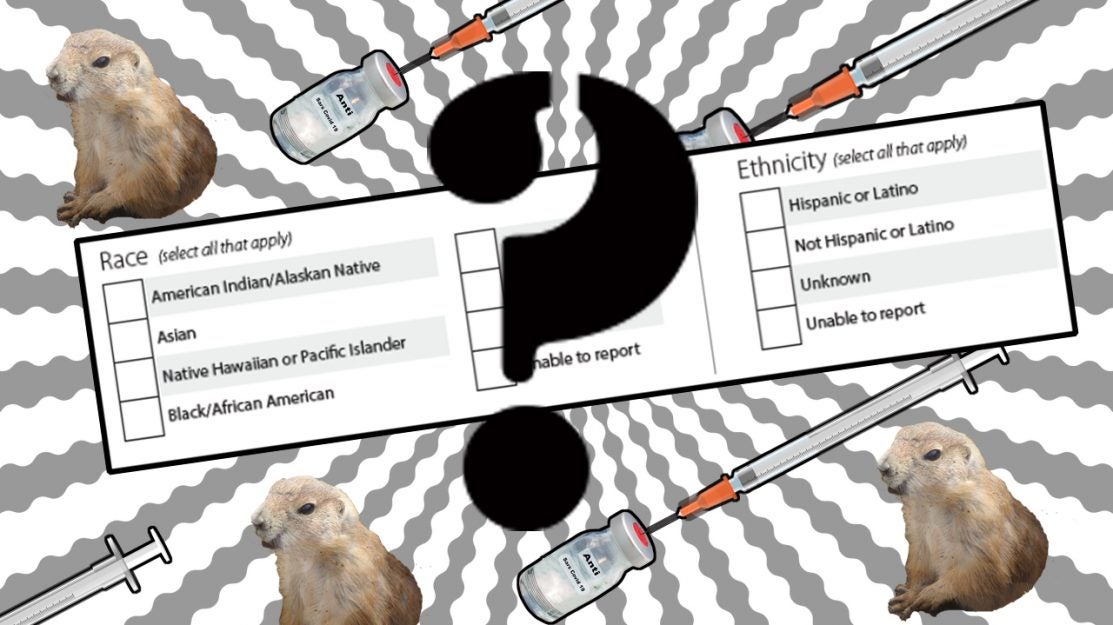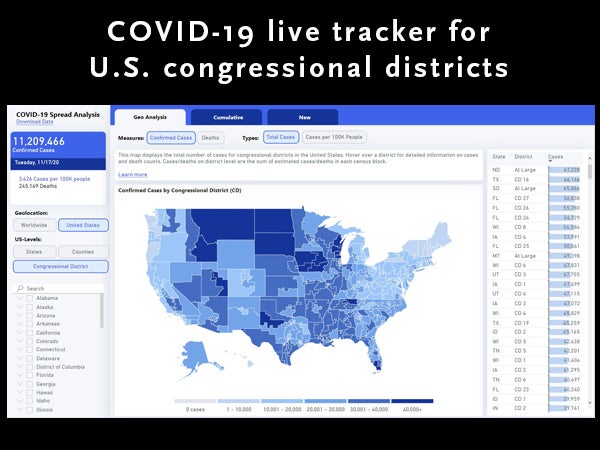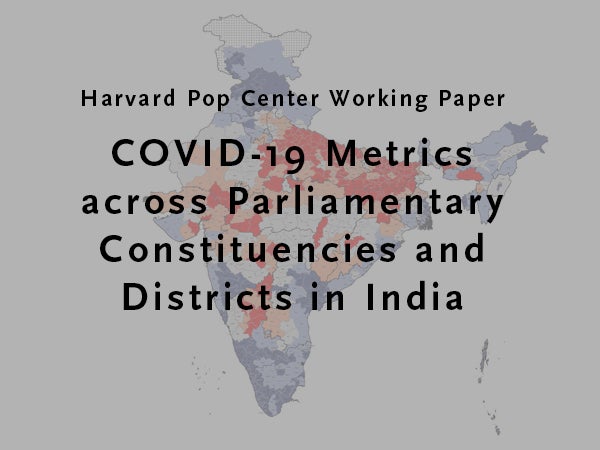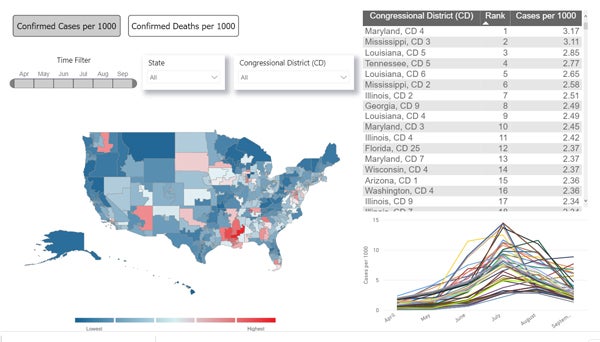Hossein Estiri, PhD, is lead author on a study that utilized artificial intelligence to leverage the data compiled in electronic health records to compute individual-level risk scores for death after a COVID-19 infection. Among those predictors at the top of the list for those between the ages of 45-65 were age, history of pneumonia, diabetes (with complications), and cancer (breast and prostate). Learn more about the findings of this study…
It’s “Groundhog Day,” AGAIN! Nearly one-half of COVID-19 vaccination data is missing race/ethnicity info., reminiscent of earlier gaps in COVID-19 case and mortality data
A Harvard Pop Center working paper points out that the Morbidity and Mortality report by the US Centers for Disease Control released on February 2 (which happened to be Groundhog Day) is missing race and ethnicity information for nearly half of the people who were vaccinated during the first month of the roll out. Age and gender information were missing from only .1% and 3% respectively. The paper calls for…
When it comes to risk factors for COVID-19 mortality, simulation study finds social determinants of health on par with diabetes
To compensate for there being little data available on the relationship between COVID-19 deaths and social determinants of health, Harvard Pop Center faculty members Ben Seligman and David Bloom, along with their colleague Maddalena Ferranna, have published a simulation study in PLOS Medicine that finds that individual-level social determinants of health (e.g., nonwhite race/ethnicity, income below the median income level, less than a high school education, and being a veteran) are…
Warning against basing equitable COVID-19 vaccine distribution on static county-level social & economic data
A Harvard Pop Center Working paper warns against basing equitable COVID-19 vaccine allocation throughout the U.S. on static county-level social and economic data, as researchers find “enormous” variation (time and region) in the relationship between community characteristics and COVID-19 case and death rates per capita over the last 9 months.
Interdisciplinary research lab release first COVID-19 live tracker for U.S. congressional districts
Researchers at the Harvard Center for Population and Development Studies, Harvard Center for Geographic Analysis at the Institute for Quantitative Social Science, and Microsoft AI for Health have joined forces to create a COVID-19 live tracker that monitors the current status of COVID-19 cases and deaths, as well as the reduction of new cases in U.S. congressional districts. Geographic Insights is an interdisciplinary research lab that is the first to…
Estimating COVID-19 across Parliamentary Constituencies and districts in India could facilitate better, evidence-based policy decisions
This Harvard Pop Center Working Paper presents the first estimates of COVID-19 cumulative cases and deaths per 100,000 population, and the case fatality rate (CFR) from January 7 – October 18, 2020 across 543 geopolitical units (Parliamentary Constituencies) and 721 districts of India.
Media briefing on link between workplace exposures and spread of COVID-19 features Nancy Krieger and data from Harvard Pop Center Working Paper
Join the National Council for Occupational Safety and Health (National COSH) for a media briefing on Thursday, November 19 at 3:00 PM EST. Nancy Krieger will present data from a recent paper that originated as a Harvard Pop Center Working Paper that shows a link between worker complaints to OSHA about unsafe exposures to COVID-19 and a rise in deaths in the surrounding community.
They’ve worked their way to publication…
A number of recent Harvard Pop Center Working Papers (all of which address the COVID-19 pandemic) have been published in journals (see below). For a complete list, please visit the Harvard Pop Center Working Papers page. Volume 19, #1 has been published in the Journal of Public Health Management & Practice: “Revealing the Unequal Burden of COVID-19 by Income, Race/Ethnicity, and Household Crowding: US County Versus Zip Code Analyses.” Media…
Dashboard makes available to the public key COVID-19 metrics by U.S. congressional district
Having access to COVID-19 data for U.S. congressional districts can substantially enhance the ability of elected officials and their constituents to develop and monitor testing and vaccine deployment strategies, as well as to implement other measures to help their districts open safely. Harvard Pop Center faculty affiliate S (Subu) V Subramanian, and Research Associate Weixing Zhang are members of the team that have now made this data available to the…
Harvard Pop Center Working Paper cited in New York Times; contributes race and ethnicity data on years of potential life lost by younger American Black and Latinos due to COVID-19
A Harvard Pop Center Working Paper (now published in PLOS Medicine) is referenced in a piece in The New York Times that explores the potential years of life lost in the United States due to COVID-19. Photos (left): by Diana Simumpande on Unsplash; (right) Photo by JoelValve on Unsplash









